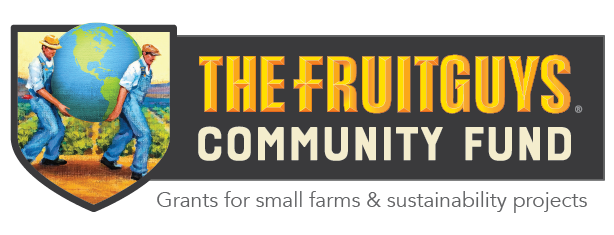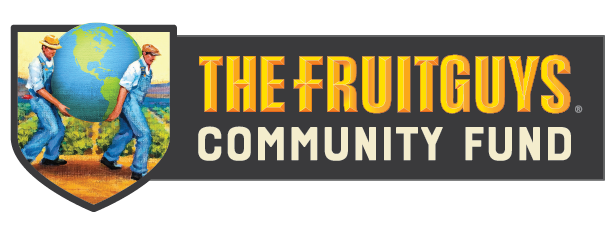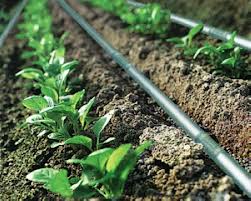 People are becoming more aware of what they eat. Consumers are taking a more active interest in where their food comes from, how it’s grown, and who harvests it. This growing awareness is acutely felt in cities, where access to farm-fresh food can be more challenging. While you can get fresh organic fruit delivered to your office, you might be motivated to grow your own veggies and herbs at home. Welcome to the idea of urban farming.
People are becoming more aware of what they eat. Consumers are taking a more active interest in where their food comes from, how it’s grown, and who harvests it. This growing awareness is acutely felt in cities, where access to farm-fresh food can be more challenging. While you can get fresh organic fruit delivered to your office, you might be motivated to grow your own veggies and herbs at home. Welcome to the idea of urban farming.
Resurgence of Victory Gardens
With the Great Recession, people found creative ways to alleviate the economic pinch; victory gardens — the type popularized in World War I & II — saw a resurgence. Michelle Obama led by example, planting a 1,100 square-foot “kitchen garden” on the White House lawn. Now growing your own food is not only popular, it’s now making a social statement.
Putting the Urban, in Urban Farming
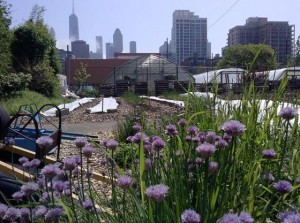
Space in urban areas, is typically limited, and often expensive. So budding urban farmers need to be inventive when they’re looking for a location to grow their herbs and veggies. Rooftops, and balconies are obvious choices. So are window ledges and hanging baskets. With space constraints comes creativity, with tenacious urban farmers going vertical or using alternatives like hydroponics. In London, for example, the first underground urban farm opened, using abandoned WWII tunnels.
Community Gardens
The idea of sharing a plot of land with others is certainly not a new idea. In the U.S. the first community garden cropped up (pun intended) in the 1890s in Detroit. It started as a way to help unemployed workers and teach civics and good work habits to youth. Many cities and counties offer Community Gardens. For example, the San Francisco Recreation and Parks Department has an extensive community garden program. Residents are encouraged to join an existing garden or start a new one. As with any community venture, there are policies and etiquette to follow. Even so, you’ll reap the benefits of growing your own food and getting to know your neighbors.
Community Supported Agriculture
Not ready to get your hands dirty? Community supported agriculture (CSA) is another popular way for consumers to buy local, seasonal food. It matches local farmers with those who want to buy “shares” of their produce. CSAs are relatively new to the U.S., borrowing from this partnership concept developed in Japan called “teikei.”
I Say Tomato, You Say Tomato
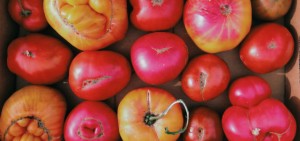
With all these choices — start your own urban garden, rent a plot of land at a community garden — you might want a bit of knowledge first.
Knowing what grows and doesn’t grow in your area (and micro-climate) is something that used to be passed on generation to generation. As we’ve literally moved away from an agrarian-based economy, that shared information has been lost. So if you don’t know whether you should be planting sprouts or spinach, there are local hands-on educational courses available. For example, City Slicker Farms in West Oakland offers several number of educational programs designed to help people with urban farming or gain access to fresh, healthy and organic food.
There are also urban farming companies forming across the country. Firms like Farmscape Gardens and Seattle Urban Farm Company can handle everything from installation to planting to garden maintenance. If you don’t have the time or inclination to do it yourself, hiring
Urban farming isn’t just about being self-sufficient saving money and building communities. With the government providing incentives, offering training and education and as demand for locally grown produce increases, it offers an interesting business opportunity for a green-thumbed entrepreneur. With organic foods now featured even in traditional supermarkets, there’s certainly a growing market for organic, locally produced food.
Unexpected Benefits of an Urban Farm

The benefits of growing and eating your own organic food are obvious: nutritious food, physical activity out of doors, and feeling connected with others. With growing urban and suburban area, demand on natural resources like water is increasing. Many cities provide incentive for residents to pull out water-thirsty lawns. Yet less greenery has an effect on our planet. It also affects our sense of wellbeing.
So, are you ready to become an urban farmer this summer season?
